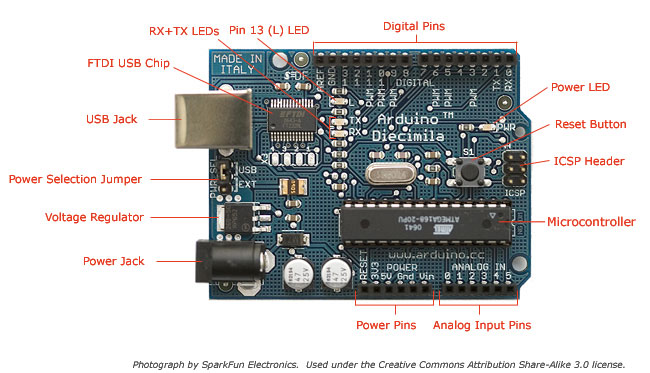Within this class we discussed a lot of topics including the the difference between a method and methodology. The method is the technique of collecting data and the methodology is the underlying theory or analyses of how research should proceed, often influenced by discipline.
We also talked about Epistemology, the theory of how we know things yet understanding that knowledge is a branch of philosophy. We discussed the notion of how everything can be known with specific methods, empirical studies, the gathering of knowledge about them. We also discussed the idea that as we get to know the world we get to influence it.
So with regards to my research and the end of year project we also talked about how it is important to formulate a research question, so that I can understand what it is that I am trying to prove.
The research methods that I choose should help to answer my research question. The methodology will help guide the application. We also discussed that when making prototypes its is important to test this with as many different types of users.
Surveys are another useful tool to gather data. However, it is important that you formulate you questions carefully so that you can receive good information that will aid the design solution. This brings me to another very important point that was discuses, which was about the idea of triangulating. Not just relying on your data coming from one source, but from many different sources so that you can compare findings to come to a stronger conclusion.
It is important in my Thesis to state that I am doing a 'short term case study' and all data is collected in just a few weeks. Also, it is important to mention that my findings are specific to that location so that they are not representative or generalizations, for example, 'this is our case and is what is happening here and not in other institutions' (I am doing a short term case study, all data is collected in a few weeks). Important that I can apply my findings back into theory. I should look at what was done in the past and show the evolution of how this type of work has evolved.
When doing my onsite visits, I should be looking at why do individuals communicate and engage within their environment, how do they do it and what type of design that they might possibility accept. To understand the user I must become one of the people inside. Forming focused groups is also important. This will help me identify gaps in my own knowledge. Using the idea of participatory design with the group could also help as a way to decide what would be the most beneficial solution to the problem that I am tackling. The key is, to understand why do people do as they do, so it would be sensible to ask them questions their actions. By asking questions I may highlight their understanding of why they do certain tasks e.g there response may be, "I haven't thought of that."
Finally, it is important to me to report daily on my findings and development. Keeping a diary is a good way to do this. Within the research environment a camera observing should not be relied on because it misses out on all the finer detail and the real experience of being in that environment. To understand who engages with who, it is essential to do onsite observations, I'm not meant to be a fly on the wall, so it is better to engage and ask questions to get to the core of what the design problem is.
Finally it is essential at the start of my Thesis to mention what my background is, so that the reader will know what my biases is, so that it is clear from the out start where I am in relation to this research.


















